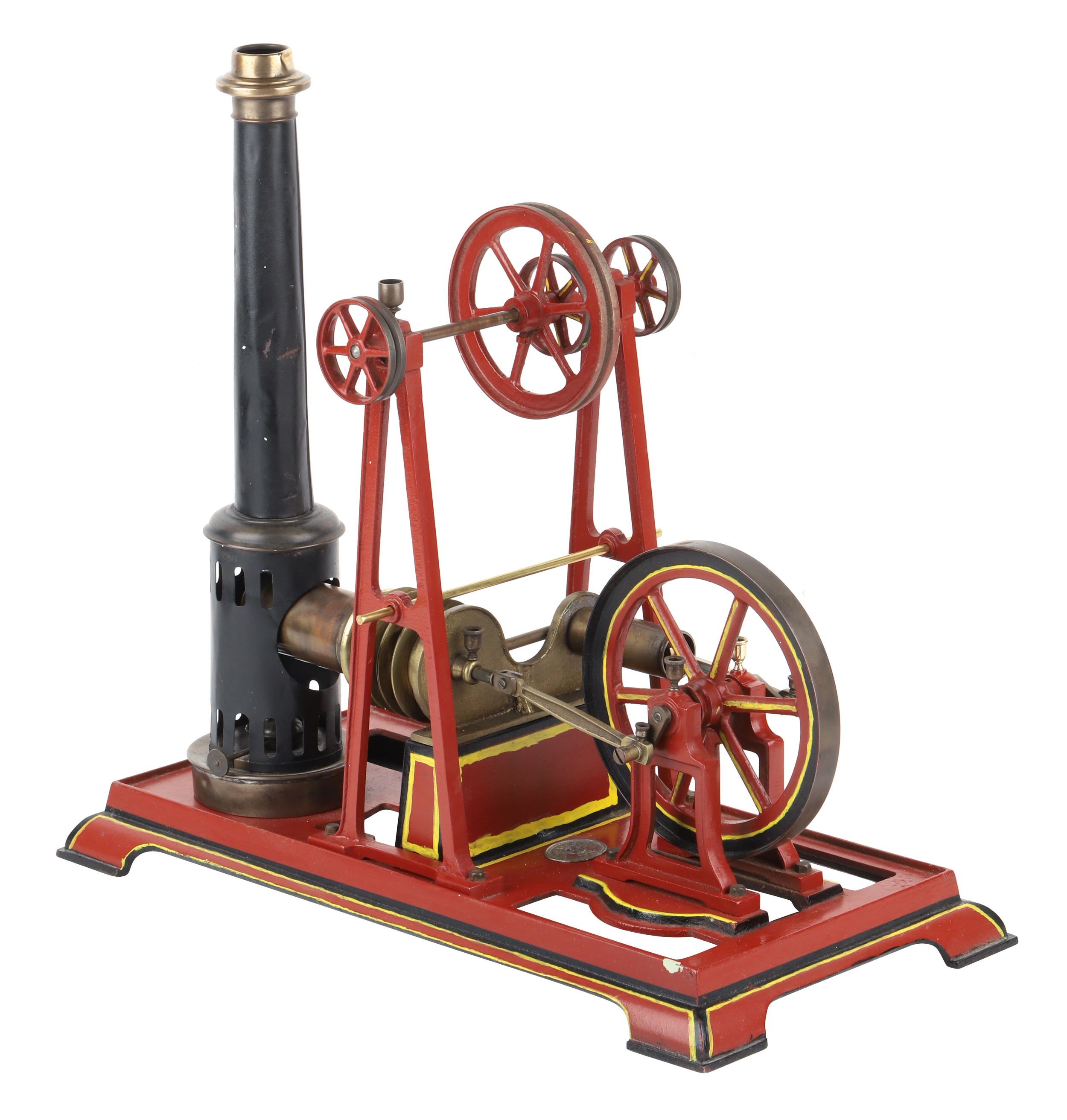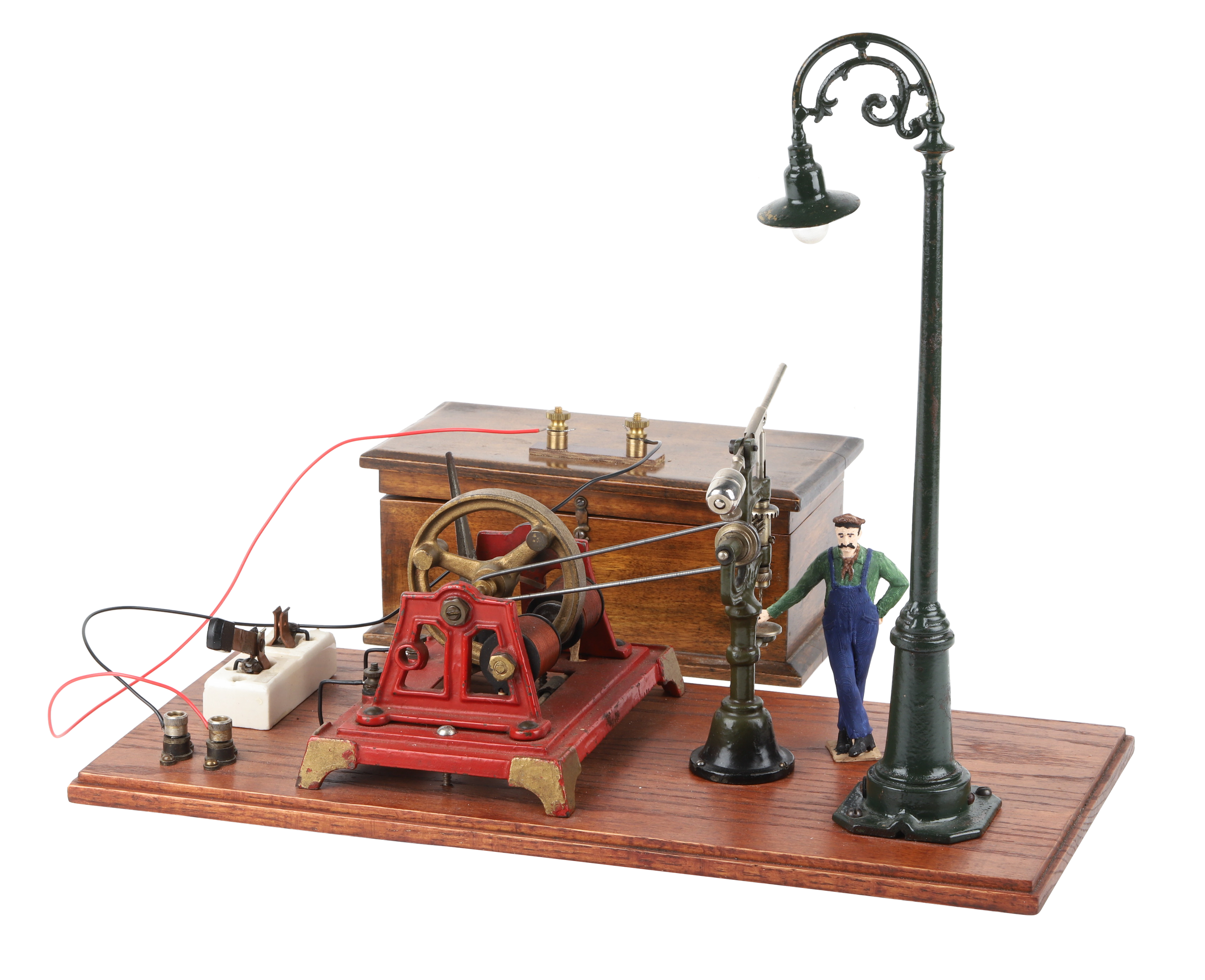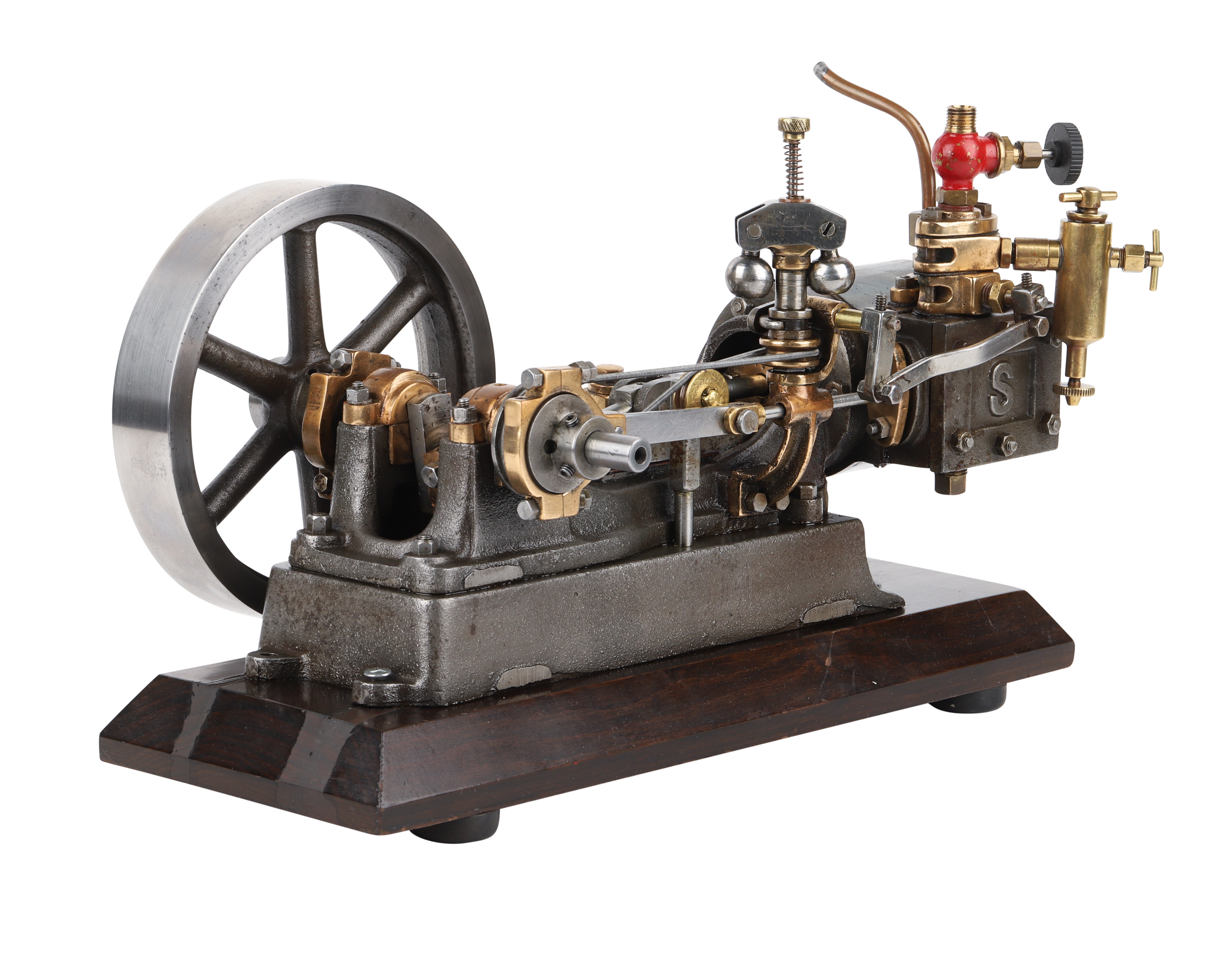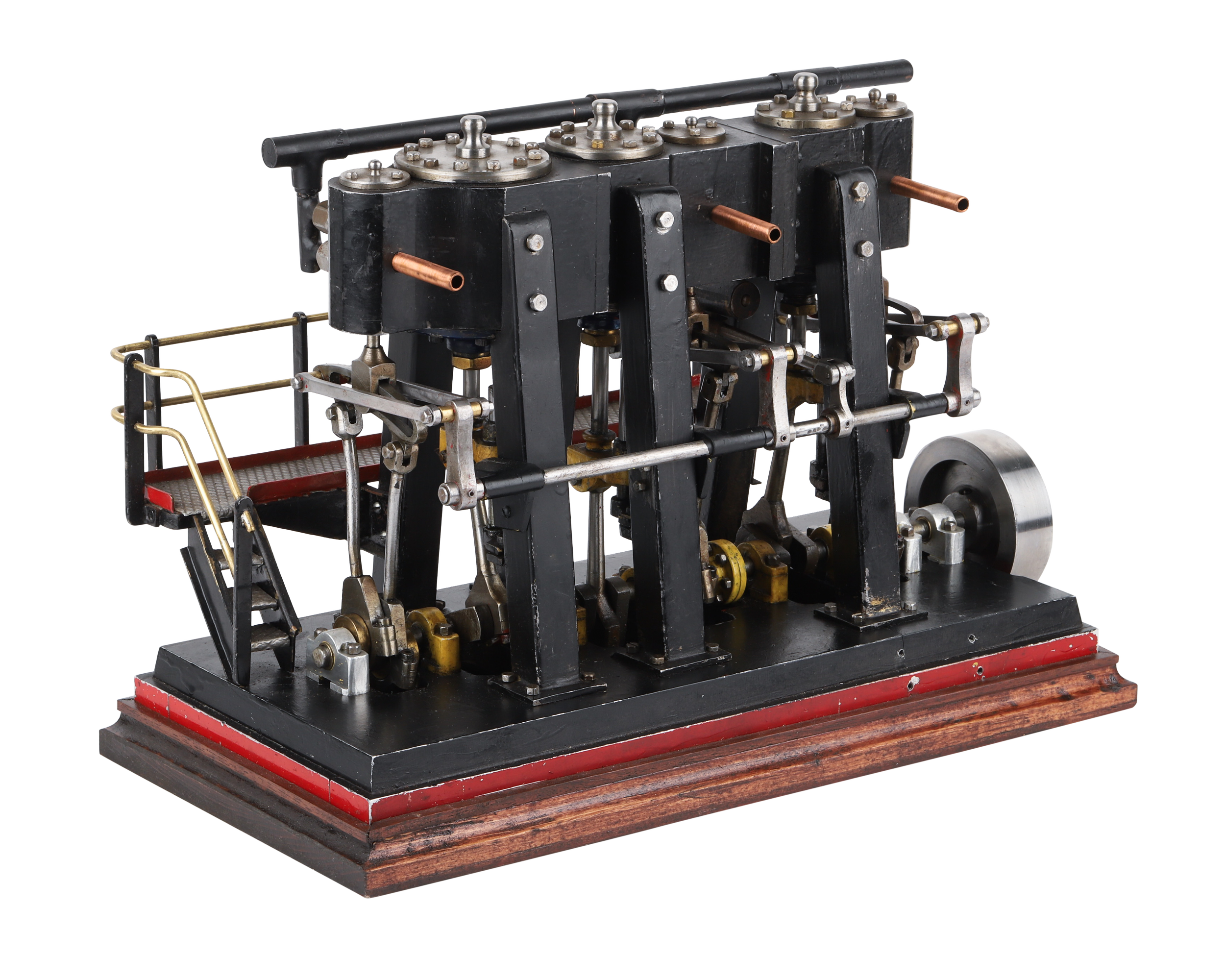Model King George V steam locomotive took a lifetime
Persistence meets perfectionism
A King George V 2" Gauge Working Model Steam Locomotive is included as part of Miller & Miller’s June 16th sale of Canadiana, Advertising & Historic Objects.
Bill Burgess remembers his late uncle sitting for hours on end, day after day at a little card table working on a model locomotive with no scale drawings, no cast pieces and no directions, just a whole lot of patience. Since he had no plans to work from he made frequent trips to the rail yards to measure the actual locomotive he was duplicating.
Bill, who is almost 90 himself and now lives in Canada, spent every summer at his uncle’s home in England while he was growing up. His uncle, Edward Burgess, had fought in the First World War in the artillery division, heading off to battle when he was just 18. He later worked for an electrical company but for reasons unconfirmed, he was “stone deaf” by his early 20s. Edward spent the rest of his life living with his unmarried sisters in England, sometimes doing landscape and seascape paintings, but mostly working on his King George V two-inch gauge working model of a steam locomotive, a miniature of the ones made by the Great Western Railway of England.
The model has remained in the Burgess family since his uncle’s death, but will now be offered at Miller & Miller’s Canadiana, Advertising & Historic Objects, featuring the Jon Church Collection, on June 16th (lot 172). It carries an estimate of $9,000 to $12,000. Included with the model is a self-portrait of a somber-looking Edward Burgess, its maker.
“He became a bit of a recluse and spent most of his life building that engine. It was his passion,” recalls Bill. “He was a physically-fit man, it was just his hearing that went. He had to have an outlet being shut in with two of his sisters. He made the most of his isolation.”
Apparently his uncle was also a perfectionist. Every piece had to be painstakingly handmade, every spoke drilled, every piece of scrap metal filed and shaped by a foot-pedal lathe. A bell he made for the model also has historical significance. When a full-sized King George V locomotive was brought to the U.S. and run on a local Pennsylvania track, the Americans gave it a bell as a gift. Unlike the American locomotives, British locomotives did not have bells.
The Edward Burgess model speaks to the power of perseverance and what arguably might have been a lifeline for a man so tragically afflicted in the prime of his life.
William Burgess working on his King George V two-inch gauge working model of a steam locomotive, offered as lot 172 in the sale.
Every piece of Burgess’s model was painstakingly handmade.
There’s also a direct family connection to the locomotive model and maker. Bill’s own mother was a cousin to George Jackson Churchward, the one-time chief mechanical engineer of England’s Great Western Railway and the first mayor of Swinden, where many of the fleet of King George V locomotives were built in the 1920s. In his own set of tragic circumstances, G.J. Churchward, who liked to keep in touch with the railway world even after retirement, was on his daily walk on Dec. 19, 1933 at about 10 a.m. when he was knocked over and killed by an express train as he was bending over to inspect the tracks. He was quite deaf by then and it was a foggy morning – two factors that likely conspired to cause his death.
Burgess’s model was a replica of a Great Western Railway King George V locomotive, shown above.
The Great British Railway Company was founded in 1833. It linked London with the southwest, west and West Midlands of England and most of Wales. It was nicknamed ‘God’s Wonderful Railway’ and the ‘Great Way Round’ since it transported so many people on their holidays.
Other working steam engine models from the collection of the late David James, a well-known collector, will also be sold at the same Miller & Miller auction.








The above working steam engine models from the collection of the late David James will also be sold at the June 16th auction.
Bill estimates his late uncle’s model is 90 per cent completed, with just a few pieces missing. “It took somebody’s whole life to do that model. Hopefully somebody will buy it who truly appreciates the workmanship,” he says.
By Diane Sewell
Diane Sewell has been a writer for more than 25 years, producing feature stories for some of the country’s top newspapers and consumer magazines, as well as client newsletters and commissioned books.
SALE DETAILS:
Canadiana, Advertising & Historic Objects
Featuring the Jon Church Collection
June 16, 2024 | 9am EST







